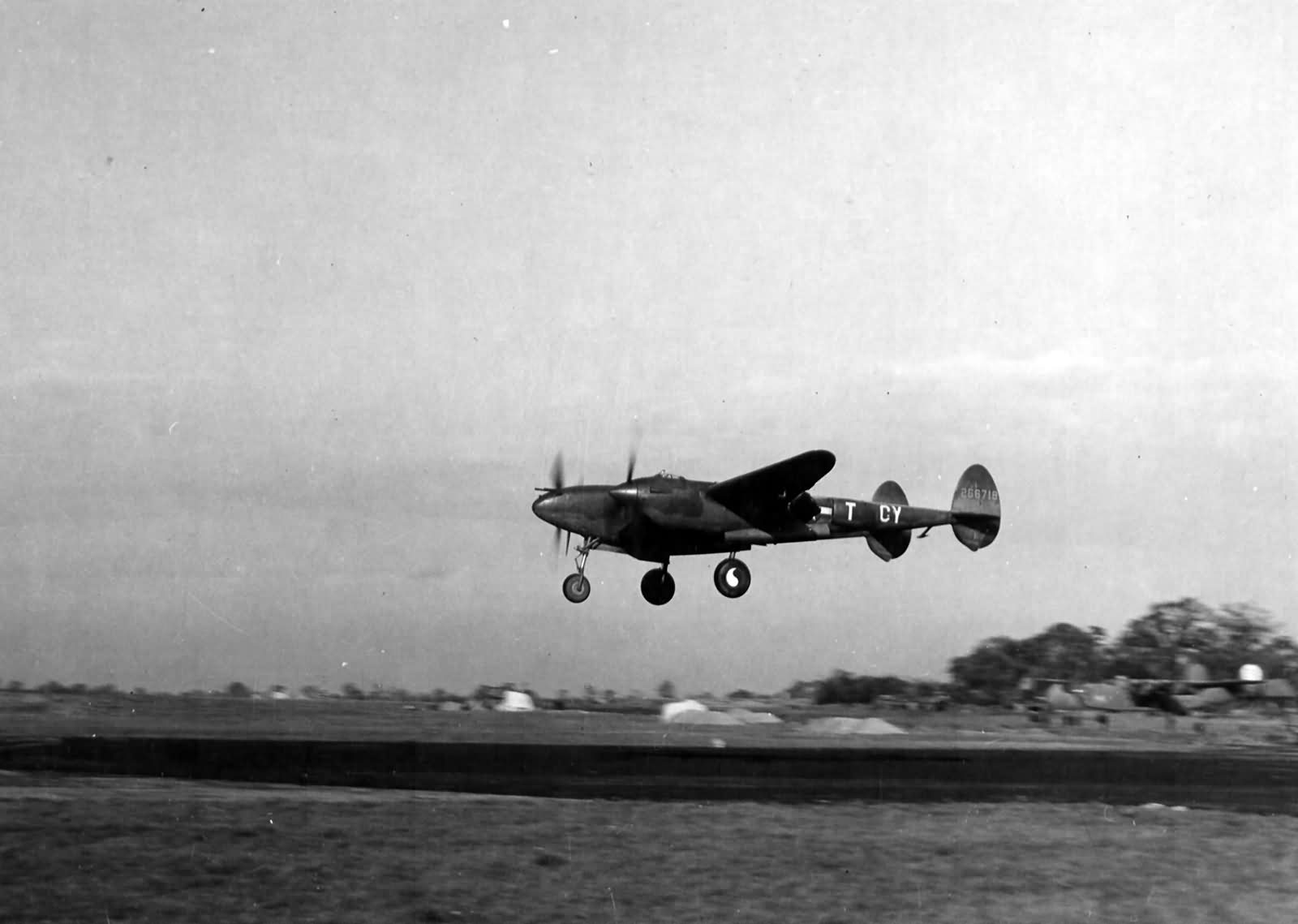The P-38H, the last Lightning model to feature the original radiator fittings and sharply angled lower engine cowlings, saw further improvements over its predecessors. It was powered by Allison V-1710-89/91 engines, each delivering 1,425hp for take-off and equipped with B-33 turbochargers and automatic oil-radiator flaps to address engine overheating issues. These enhancements allowed military power settings above 25,000 feet to increase from 1,150hp to 1,240hp.
A total of 226 P-38H-1 models were produced, which were otherwise identical to the P-38G-10. Production then shifted to a second batch consisting of 375 P-38H-5s. These aircraft featured minor modifications, such as B-33 turbochargers instead of the previous B-13 type, and an AN/M2C 20mm cannon replacing the earlier M1 version.
In terms of performance, the P-38H boasted an impressive service ceiling of around 40,000 feet. Despite early models being very susceptible to extreme cold, the aircraft briefly held an unofficial world altitude record of 44,940 feet, set on April 30, 1943, with Joe Towle at the controls and Col Ralph Lovelace, the chief of the USAAF’s aeromedical laboratory at Wright Field, as a passenger in the piggyback seat.
By the time Lockheed began producing the P-38H, civilian airlines were contracted to serve as modification centers to ease the burden on manufacturers. With excellent maintenance facilities, these airlines could incorporate the latest technical changes, taking new aircraft directly off the production line and modifying them before delivering them to depots and combat units. Delta Air Lines’ plant in Atlanta was one of several centers that worked on P-38s.
